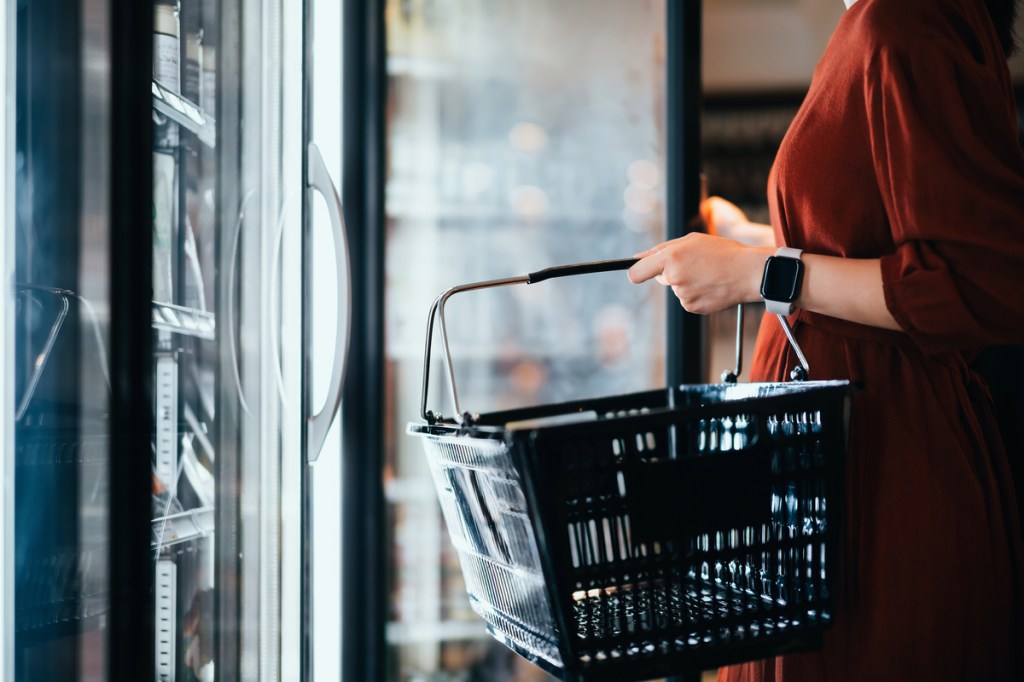The Growth of Selling Alcohol Online
Alcohol has been sold online for nearly a decade but has only truly been seeing viable growth for the past few years. One of the major drivers of this growth was the COVID-19 pandemic, which kept consumers home and shifted their shopping habits and expectations. This lets emerging and growth BevAl brands leverage online sales and keep growing. For example, more than $1.5 billion in wine sales were served through shipped and delivery channels for the 52 weeks ending July 30, 2022.
A major contributor to this online shopper shift is the rise of delivery apps like Drizly, DoorDash, and Instacart. These apps give consumers another convenient way to have their alcohol delivered. They also helped push more brands to adopt an omnichannel approach to sales and increased the opportunities for emerging and growth brands to make the move online.
The Difficulties in Online Alcohol Sales
With such a growth story for online alcohol sales, it must be all upside, right? Well, unfortunately, there are quite a few difficulties involved when selling alcohol online. The biggest barrier to entry is governmental red tape. In order to sell alcohol online legally, you need relevant licensure, which varies from state to state. Depending on where you’re based, this may include: A manufacturer’s license, an employer identification number (EIN) or federal tax ID (FTID), an eCommerce business license, a shipping license, a retail license, or more. This allows government agencies to track your sales and properly levy taxes on them.
The second barrier to entry is in the form of shipping restrictions. In addition to getting a shipping license, you need to follow your state’s delivery laws for selling alcohol online. This can become even more daunting when you begin shipping throughout your region or nationally. Some states require a signature upon delivery from a person 21 or older, some only allow shipping to non-residential addresses, and some don’t allow shipping at all. This means you need a thorough understanding of the rules and regulations of every state you sell to, or you risk running into trouble.
Finally, alcohol sales are not immune to economic shifts and e-commerce is no different. In October and November, inflation began to soften and consumers were given a bit of a break. At the same time, alcohol prices increased +3%, but sales volume dropped 2%. Online sales weakened even more as consumers tightened their belts and refocused their spending on essentials and holiday shopping. So, e-commerce sales aren’t a guaranteed method for growth.
How Emerging BevAl Brands Can Use e-Commerce
Whether you’re running a new liquor startup or you’ve been growing your brand for some time, the move online isn’t simple. But, e-commerce doesn’t have to be simply a direct-to-consumer venture. There are a few ways you can use e-commerce to build sales without diving in head first.
With that in mind, here are five tips for emerging brands looking to incorporate e-commerce into their growth plan:
1. Do Your Research
This may seem obvious, but you really need to dedicate time and energy into researching everything that goes into online alcohol sales before moving online. We only briefly touched on the idea above, but there are so many factors at play. Unfortunately, since laws and regulations are so specific to your state, types of alcohol, and licensure, you won’t find a one-size-fits-all guide. Referring to your own state’s revenue office will provide all details your type of business needs to be aware of before making the move. The National Conference of State Legislatures has also put together a comprehensive guide on the direct shipping of alcohol by state. It can help you evaluate which states you’ll want to ship to and which ones make take too much effort. Don’t skip this step as you don’t want to have legal issues down the line.
2. Go Through a Distributor
One of the most common expansion strategies for emerging beverage brands is aligning with a distributor to increase local and regional distribution. This is no different for e-commerce selling. You can make the online shift without having to go through the piles of paperwork by avoiding direct-to-consumer sales. Instead, you can let the distributor sell your products to different online retailers. The retailers will assume the difficulties and risks of selling to consumers online while you can focus your efforts elsewhere. Here, you’ll want to carefully choose your distribution partner to ensure they can grow with your brand and they have inroads with the right retailers.
3. Aim for Omnichannel
Omnichannel selling is a multichannel approach to selling your products and providing customers with a seamless shopping experience across all online, brick-and-mortar store, and click-and-collect experiences. Omnichannel sales have been growing for years, but the pandemic kicked it into high gear. More than one in five (22%) of shoppers now plan an in-store shopping trip combined with a prior online order. Shoppers are moving fluidly between brick-and-mortar browsing to online purchasing and back to stores for curbside pickup, making the customer purchase journey more complex than ever. Sticking to purely brick-and-mortar or eCommerce sales may cause you to miss out on available opportunities.
Integrating click-and-collect sales and the usage of delivery apps into your channel strategy can further boost your brand. As of November 2021, Instacart said that its alcohol delivery was reaching nearly 75% of total U.S. households. This means your brand can be selling to consumers through more channels than ever before, even if you eschew a direct-to-consumer online presence.
4. Leverage Healthy Alternatives
Though it won’t make getting your brand online easier, aligning your brand with healthier lifestyles may help you grow more quickly. In online searches, many consumers don’t look by brand, they look by product attribute. If your product lists that attribute, you’re more likely to appear in their searches, and better able to meet their needs. For example, there’s been a rise in alcoholic beverages that target attributes like “low alcohol” or “no alcohol” as consumers focus on health and wellness. Even large brands have begun testing launches of better-for-you beverages that have lower alcohol levels, fewer carbohydrates, or are gluten-free. Consumers are actively seeking these products online, so there’s an opportunity for emerging brands to get in on the action. Additionally, between August 2021 and August 2022, sales of non-alcoholic drinks in the US stood at $395 million, showing a year-on-year growth of +20.6%. And these products don’t have the same strict requirements as their alcohol-based cousins.
5. Embrace Data
We can never stress this point enough, but you shouldn’t be making major moves without first looking at the data. You should be evaluating the market opportunities, potential downside, existing competition in your space, and more. And that’s just before making the move online. You’ll also need to continue to monitor data as you sell online to react to changes in the marketplace and consumer behaviors. Making data work for your BevAl brand is key.
This means you need to have a good grasp on the types of data you should be collecting. In short, you should be looking at retail data, consumer insights data, and marketing data if you handle your own marketing efforts. Retail and consumer insights combine to give you a holistic view of your brand, category, and competition. This holistic view can help you avoid pitfalls and make the most out of your new channel.

Data and Insights: The Key to Emerging BevAl Brands and E-commerce
Growing a BevAl brand requires a firm understanding of your customers, sales trends, growth opportunities, and future demand. Byzzer™ powered by NielsenIQ provides emerging BevAl brands access to the essential data they need to successfully react to these shifting tides and build expansion strategies. Current retail measurement data shows how comparable products perform in various retail channels, helping you target the right retailers and distributors. We also track online and omnichannel sales to give you a full view of your brand and category.
Talk to our experts about new options custom-built for emerging and growing brands alike.
Don’t miss out on crafting a powerful online-driven expansion strategy!



